A hero is born in the moment, but for a villain, theirs is a long journey bathed in blood. None more so than Kain from the cult hit Legacy of Kain franchise, which began with Blood Omen: Legacy of Kain back in 1996 and introduced the world to a very different kind of monster. In Blood Omen, you play as Kain, a noble who has been resurrected as a vampire to exact revenge against those who had killed him. The premise is simple, but the story and its character would ultimately prove to be anything but.
By the time the first game reaches its climax, Kain has faced off against armies, traveled through time, and even faced down demonic forces. He truly is a changed man. This is made abundantly clear when he — and the player by extension — is given the option to sacrifice himself to save his home, the realm of Nosgoth, or condemn it to eternal misery. Fascinatingly, when sequel Legacy of Kain: Soul Reaver arrived in 1999, we learned that the despot ending was canon.
Kain had decided it was better to rule in Hell than serve in Heaven.
As I’ve grown up, I look back at the character of Kain with admiration. There is no character that has come after that is close in complexity, motivation, or depth to him. Character development like this is a lost art.
His evolution from protagonist into an antagonist behind the scenes was largely a product of two individuals. One was Denis Dyack, who stated Kain was modeled after Clint Eastwood’s William Munny in the 1992 Western, Unforgiven. Like Munny, Kain had been developed to exist in a world where there is no black and white, only shades of gray. This becomes all the more apparent in Soul Reaver when Kain is reintroduced as the “Big Bad” of the piece.
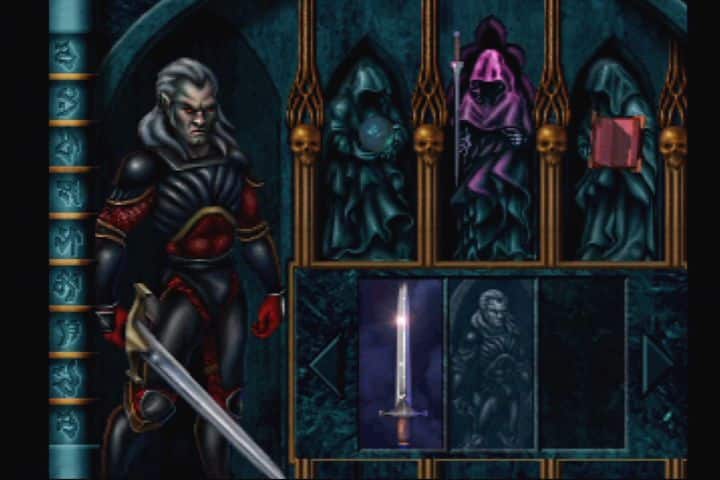
We go from sympathizing with Kain’s plight of eternal damnation to loathing him — not only for cursing his homeland and its people, but also for his sheer lack of loyalty to and empathy for his own kind. The opening cinematic of Soul Reaver demonstrates this when he cripples one of his vampiric “children,” protagonist Raziel, who has accidentally evolved wings before his “father.”
This is where celebrated scriptwriter and game developer Amy Hennig enters the tale of Kain. After her work on Blood Omen: Legacy of Kain as design manager, Hennig was promoted to director, producer, and writer on Legacy of Kain: Soul Reaver.
Hennig believes that the creative direction of a script holds more importance than the graphics of the game, and you can see it in her work even early on. In 2016, she stated that Soul Reaver was probably the best game she had designed, which is no small statement considering her later work on the likes of the Jak and Daxter and especially Uncharted franchises.
Dyack introduced Kain into the world, and Hennig took the baton and ran with it. Weaving the Shakespearean tale of Kain, Hennig further explored his Machiavellian capabilities. He pits his firstborn against his other progeny to help further his plans for supposedly saving Nosgoth, but even when the player learns that he is doing this, it is still centered around Kain getting what he wants, the best outcome for him. It’s simply veiled in a flimsy cloak of benevolence.
Kain went on a fascinating journey in his first outing in Blood Omen: Legacy of Kain. We were left wondering why exactly he would condemn Nosgoth. Was it the people he met along the way, was it the fact that he returned from death a literal monster, or was it the fact that he was always tainted from birth? Dyack and Hennig left it open. Dyack saw him as an antihero, whereas Hennig leaned more towards his being a tragic hero trying desperately to swim against the current of destiny. Kain’s true motivation may lie somewhere in-between.
Thanks to Hennig and Dyack and their extensive character work, Kain is one of a kind. His motivations are steeped in Joseph Campbell’s The Hero with a Thousand Faces, but Kain also stands as an affront to the typical hero’s journey.
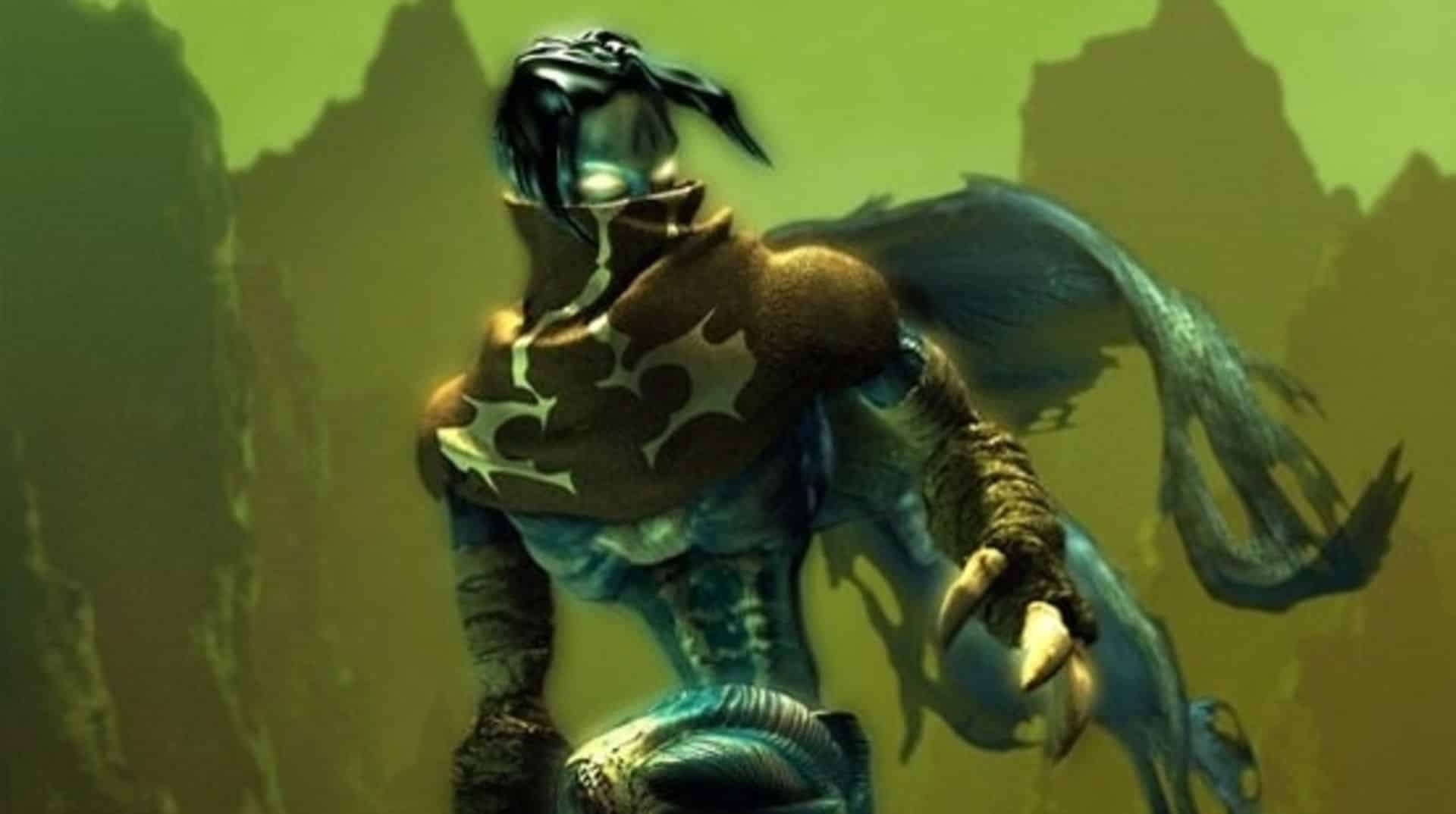
“A hero ventures forth from the world of common day into a region of supernatural wonder: fabulous forces are there encountered and a decisive victory is won: the hero comes back from this mysterious adventure with the power to bestow boons on his fellow man.”
Kain walks this familiar path until the key moment of bestowing boons upon his fellow man. He chooses the selfish act; he is changed but not for the better. Instead, he spits upon all who sacrificed or suffered and offers a rationalization for it.
“Once I embraced my powers I realized that Vorador was correct,” Kain says. “We are gods — dark gods — and it is our duty to thin the herd.”
Kain is the kind of character that has run the full gamut, hero and villain and somewhere in-between, but he still remains that complex monster, the beast raised from Hell. He is also the Balance Guardian. His birth and existence is supposed to be to ensure the world is in balance, but by the end of the first entry in the franchise we learn he exists in opposition to that. He must die as he was corrupted from birth.
Instead, he damns his world and decides he will create his own version of reality because he believes that fate isn’t doing what’s right. Who thinks this? Who openly mocks fate and states they know better? When he does this the first time he’s barely out of his 30s. The story then jumps millennia and Kain exacts the next stage of his cosmic coup by thrusting his firstborn son/pawn into another part of his plan. He understands for his plan to work that his children must suffer and perish.
The levels of depravity that Kain goes to within the setup of his plan are equal parts compelling and disturbing. The story goes he broke into an ancient crypt filled with Sarafan warriors, a group dedicated to slaying vampires. He poured portions of his soul into each one until they were reborn as his sons. This level of irony is grotesque. The most fascinating part is that Raziel, his firstborn, actually time travels back to before this and slays his past self and his brothers, thus placing their bodies there for Kain to resurrect, and Kain is aware the entire time. That is Shakespearean levels of messed up, and Kain is somehow our Guardian of Balance.
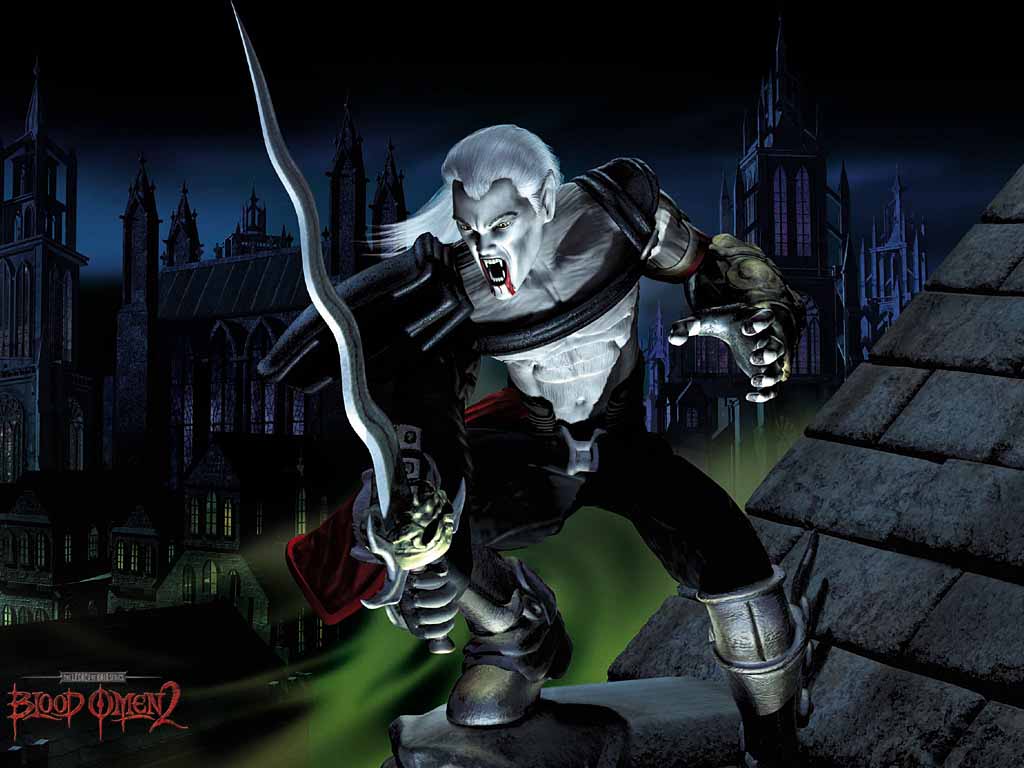
Our Guardian of Balance who has no allegiance to anyone. He casts off allies once they’ve suited his purposes, and no one truly knows what will happen when he reaches his goal of shifting the balance and “fixing” Nosgoth. You can say he’s saving Nosgoth from the Hylden and the Elder God, two forces that are against him, or you can also see it as he doesn’t want to be serving them and their designs when it comes to destiny.
Despite everything, Kain’s actions as a protagonist are extremely effective. He follows through every decision he makes, consequences be damned, and maybe that is what makes him so compelling.
He is a figure completely devoid of self-doubt. He understands the dangers ahead, the blood that will flow, and his place in all of it. He just wants to ensure that he is the one setting all the pieces.
Many protagonists are reactive to the threat of antagonists; Kain is proactive about his own ambitions. Kain is looking for change — his change — and every action he takes throughout Legacy of Kain is an action he chooses. It all stemmed from his finding out that he was part of a wheel, and much like another fictional character, he wished to break the wheel.
It’s as a wise man once said: “You either die a hero, or you live long enough to see yourself become the villain.”
When you look into his development and what the team had planned for him, you just feel modern game characters are left wanting. Seemingly no other character has made such a jump in development from one game to the next.
Looking back from 2020 to 1996, I wonder why I can fully customize the design of characters and shape their destinies so fluidly, yet I find characters and their journeys only stay with me a few months. Perhaps the industry has worked itself into a comfortable rhythm of stock characters.
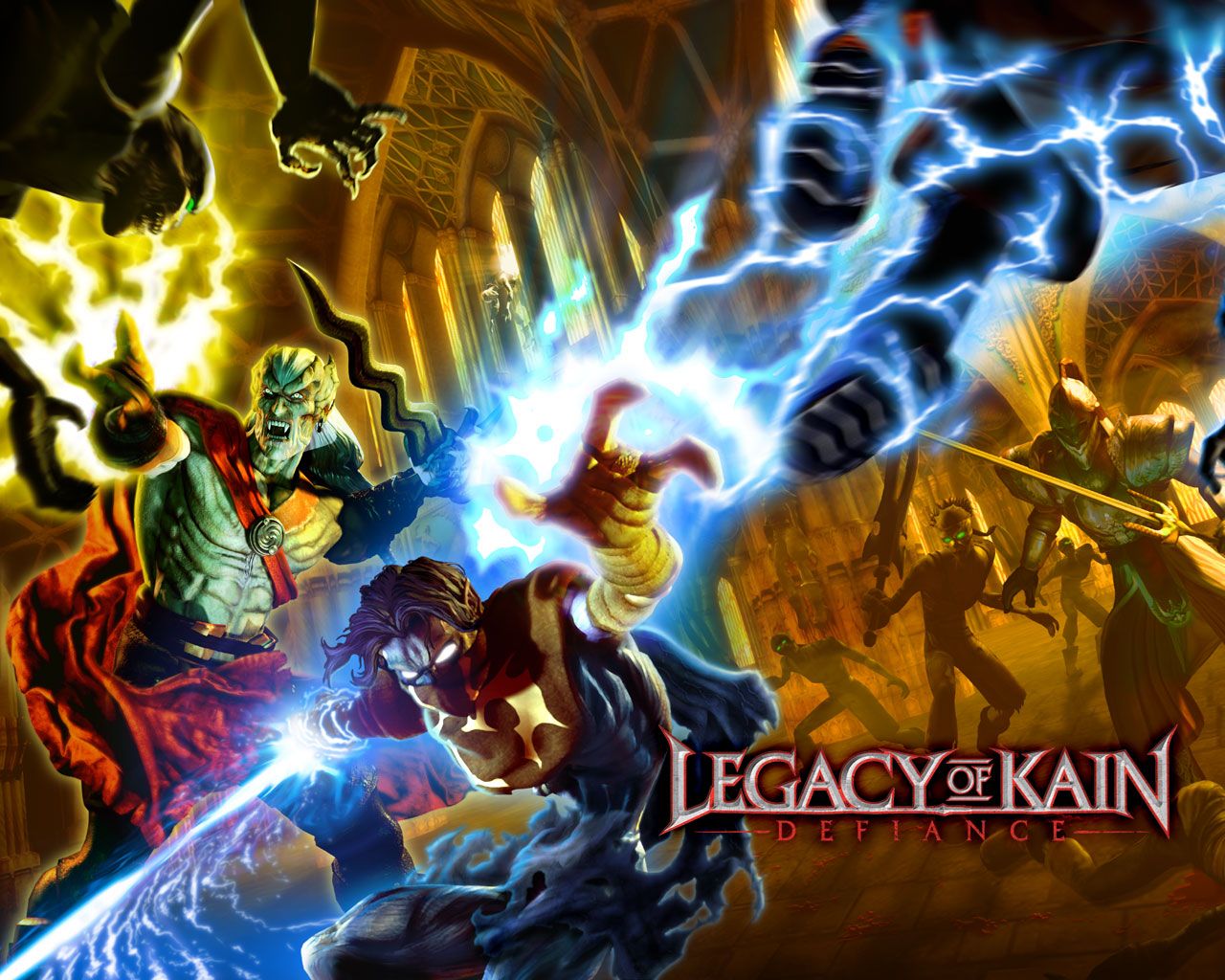
Only one character really stands out comparatively in recent modern gaming: The Last of Us’s Joel. In my opinion, he’s arguably someone who could contend with Kain in nuance and depth, in that he’s a bad person that does one “good” thing in a moment of pure selfishness. We are shown that he understands the evil in the minds of men because he has stated he has done those same evils. Both Joel and Kain suffer at the beginning of their respective journeys, and due to the losses they face along the way, they have to make decisions that make them monstrous in the eyes of many. Unlike Kain though, Joel found someone in Ellie.
Who knows what would have become of Joel if not for her? Joel changed along his journey with Ellie, while Kain had no companions save for his own indulgent ramblings. Then came Joel and Kain’s moment that would change everything that came after. They both chose the selfish option, but one was for the love of another, and the other love for one’s self. In a sense, Kain and Joel were fighting destiny. They were deciding that their lot in life (or afterlife) wasn’t good enough, and they wanted more.
Even then, however, the developers couldn’t stick the landing for Joel. Gamers were up in arms with events involving him in his second outing because they couldn’t believe that he deserved what he got in The Last of Us Part II; they only saw the good in him, not the bad. There was a certain level of depth, but to sell what happened in the second game, it needed more.
Meanwhile, gamers completely understood the motivation behind Kain in Legacy of Kain: Soul Reaver. It wasn’t random or a blindside, and it was executed well. All that remained were the questions, and these drove the narrative forward, allowing us to further connect with Kain and then-newcomer Raziel.
Ultimately, Kain is a shining figure for character study. His journey transcends the medium and, in my opinion, has never been matched. He was lightning in a bottle, and we may never see his like again. However, I err on the hopeful side, and with a new generation of consoles on the horizon, who knows what the new day may bring?

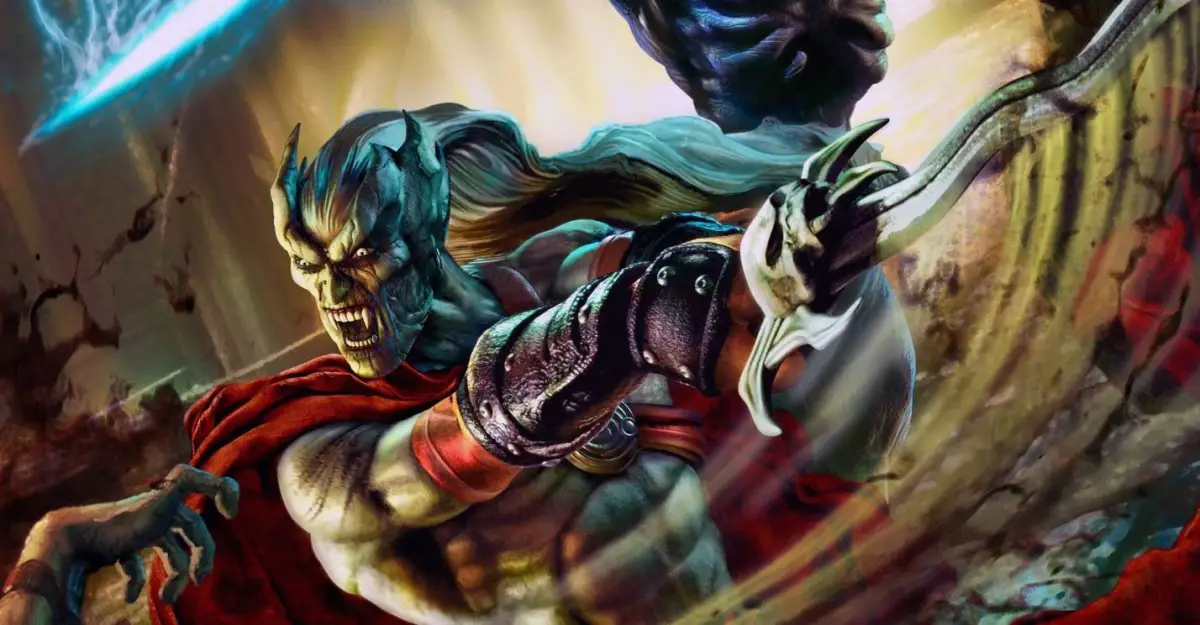




Published: Aug 10, 2020 01:00 pm